Loading...
Please wait while we load the content.
Please wait while we load the content.
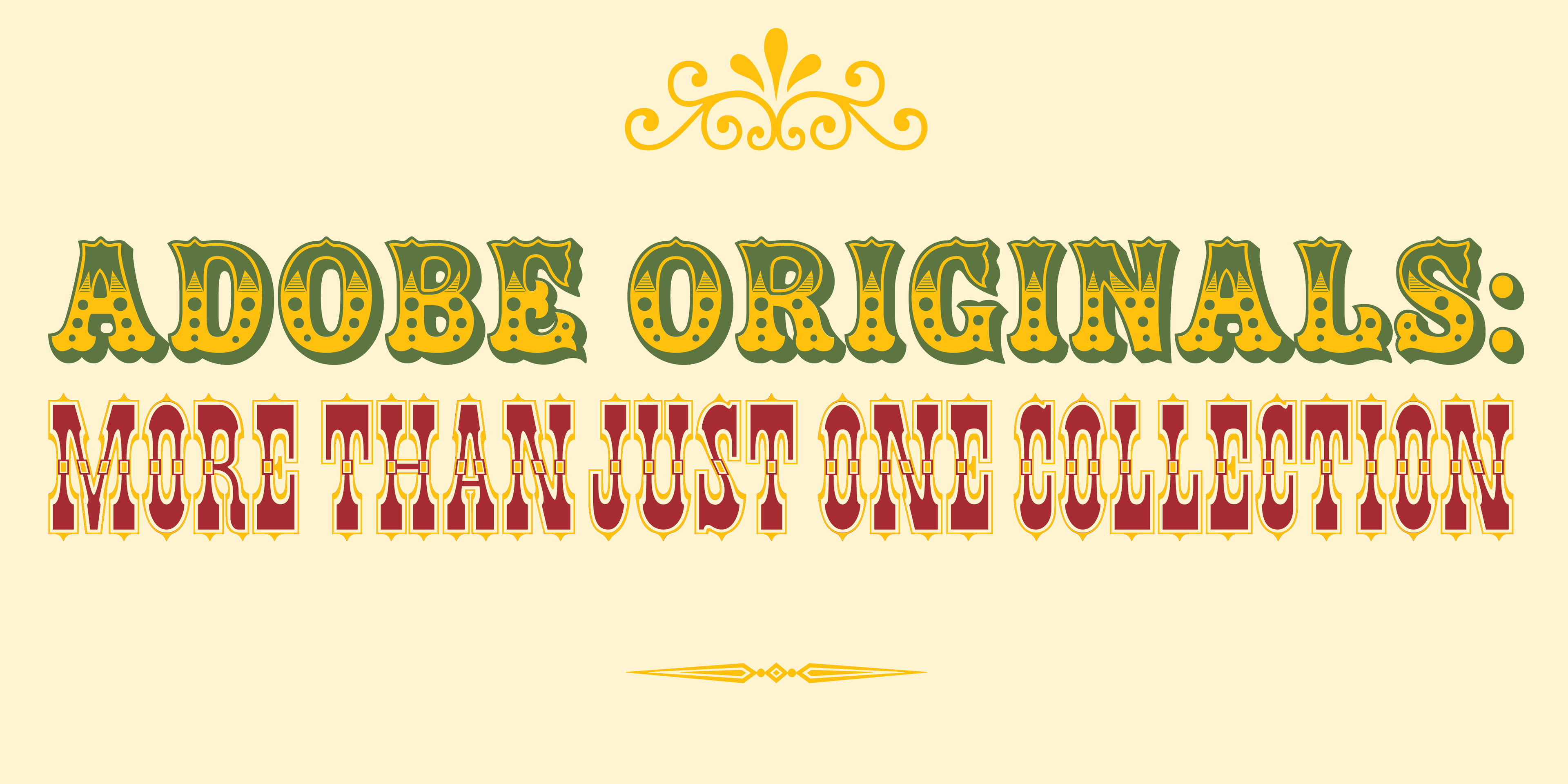
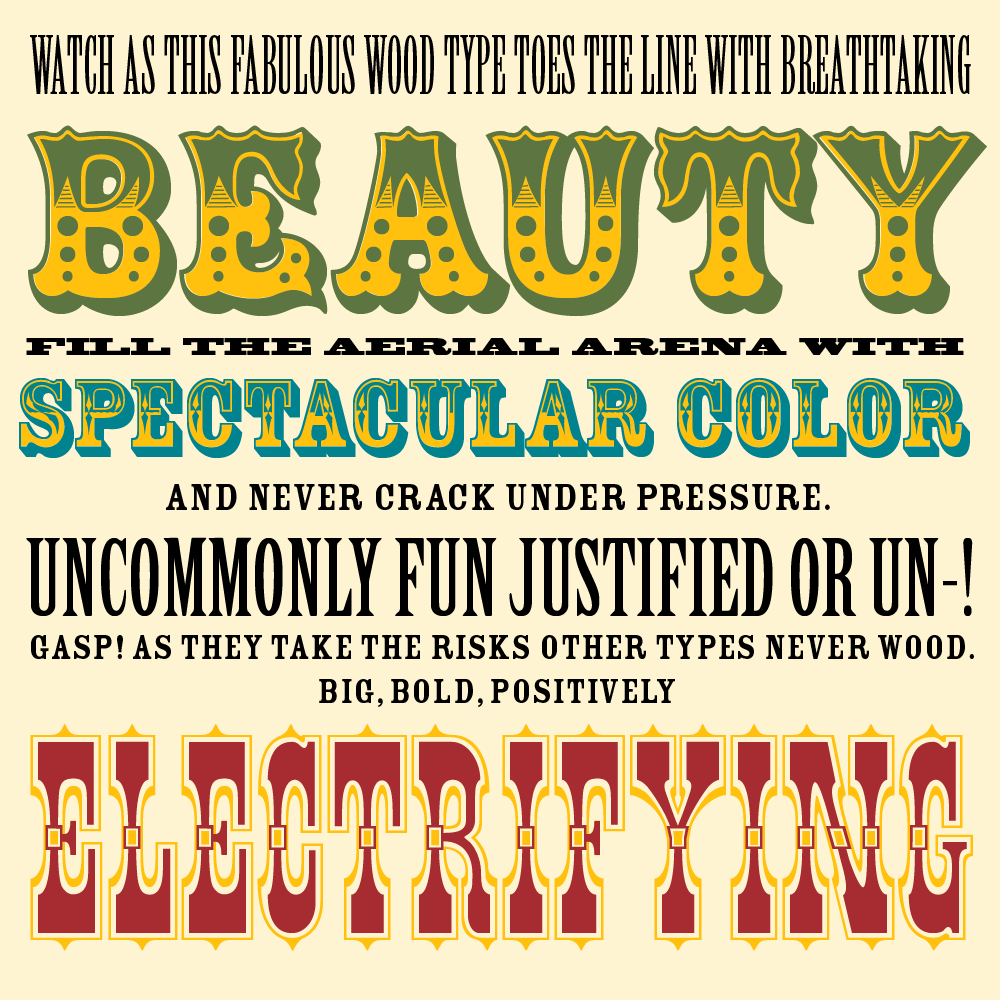
In the early 1990s, the Adobe Originals team set out to digitally revive a series of American wood type designs dating to the late 19th century. Working with printed specimens gathered by printer and educator Rob Roy Kelly, Adobe’s in-house designers (working under the direction of Carol Twombly and Fred Brady) selected an eclectic set of display styles to refine and expand into contemporary digital fonts. Particular care went into the preparation of three layered families—Pepperwood, Rosewood, and Zebrawood—so users could overprint layers to create chromatic effects. This vein of Adobe Originals includes:
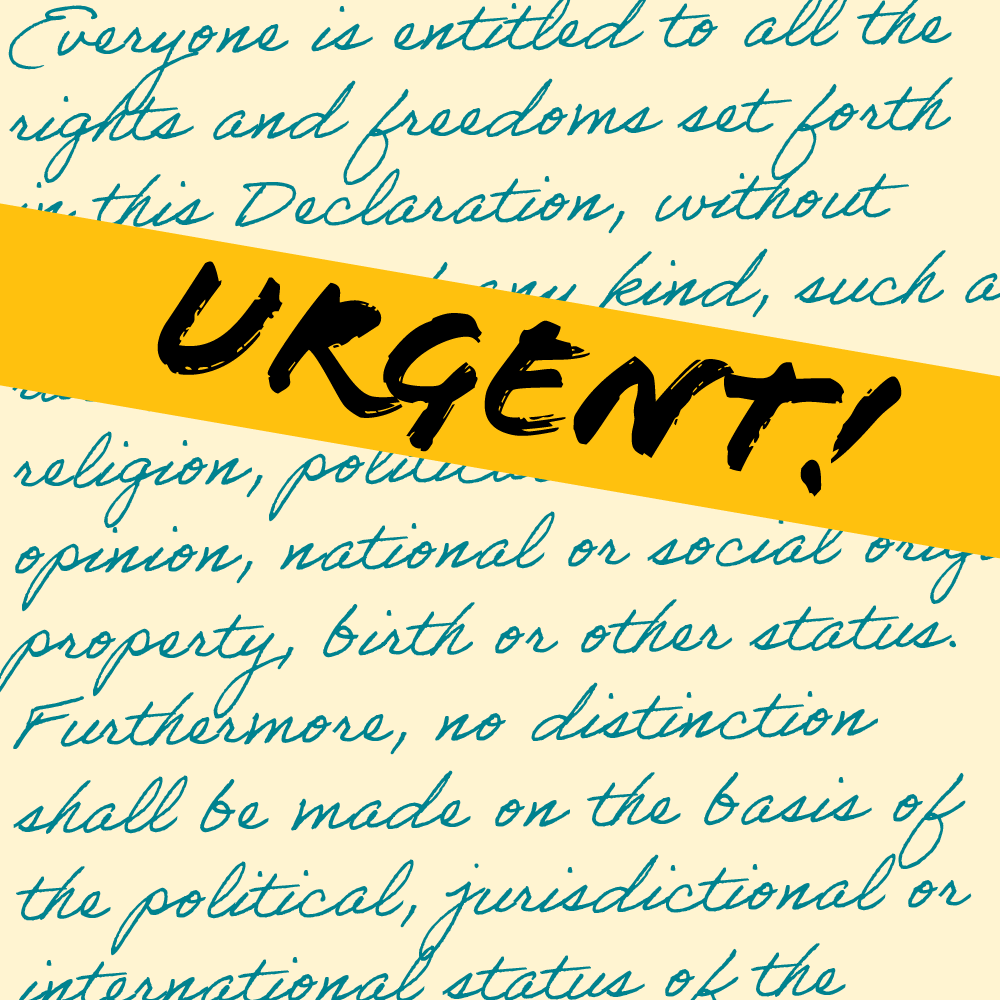
Over the years, Adobe has released a variety of script typefaces. One by one, they enhanced their collection with not only expressive, casual scripts like Flood and Giddyup, but also technical tours de force such as Richard Lipton’s elegant and feature-rich Bickham Script. From the lo-fi to the high-class, there’s a rich range of script choices, all prepared with the same care and precision as the rest of the Adobe Originals:

Before Adobe began to develop wholly original typefaces in-house, the font team created digital versions of some public-domain classics. The project started so that users could have a selection of typefaces compatible with PostScript, Adobe’s then-new page description language. Including faces from Matthew Carter, Adrian Frutiger, and others, these early designs pre-date the company, but Adobe’s versions—expertly digitized by its font developers—are still available alongside their own now-classic families.
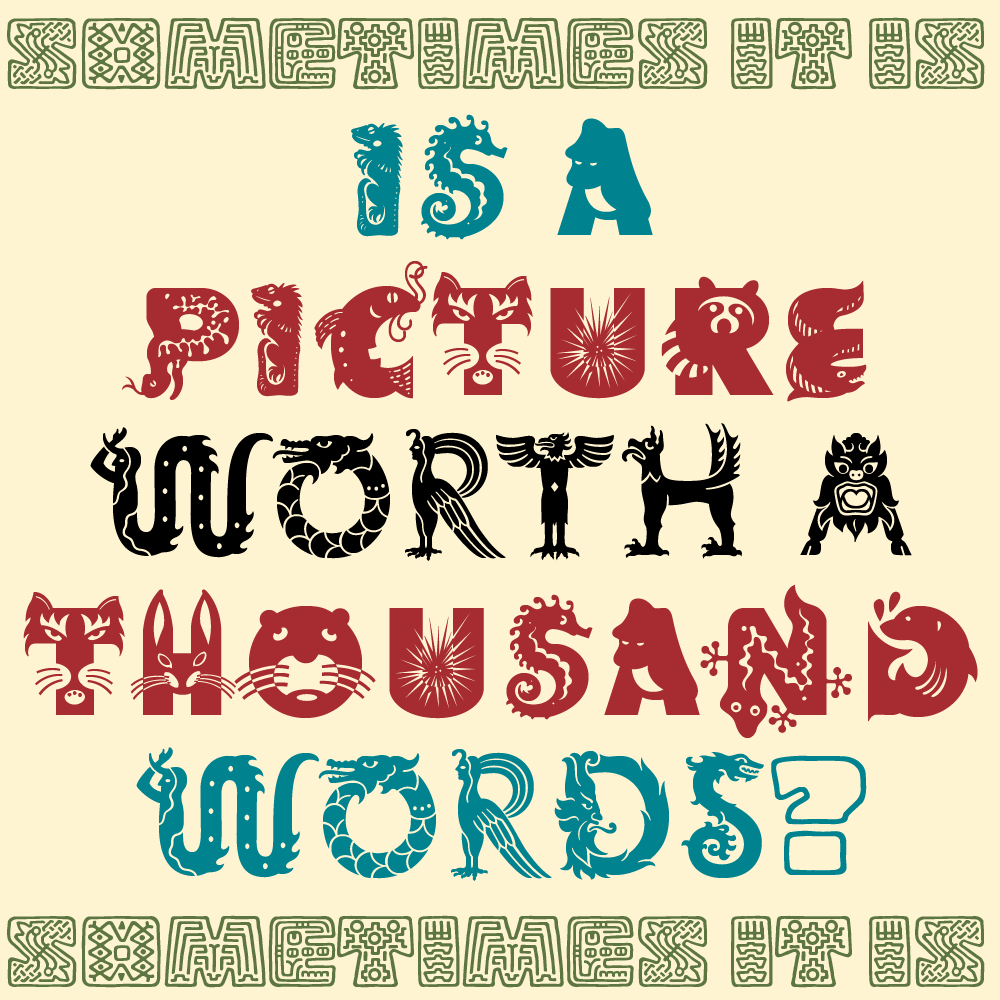
Throughout the years, as its type business was rapidly growing, Adobe made a concerted effort to expand the scope of its type offerings by adding many display and novelty fonts, including a handful of designs where each character is an illustrated letter. These are definitely not for everyday use, but they can certainly be a starting point for logos or icons . . . or just the thing for some packaging that needs some extra punch.
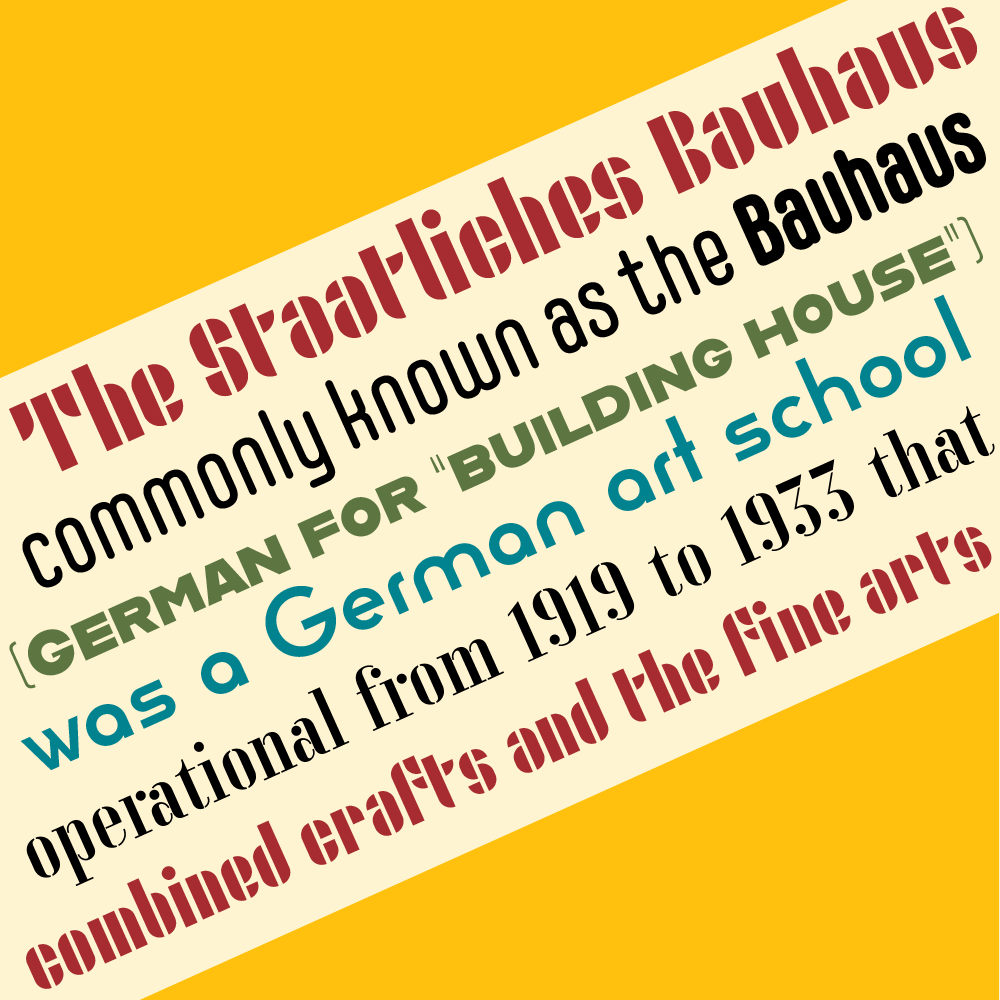
A few years ago, the Adobe Originals team and designer Erik Spiekermann gathered a group of talented type-design students for a special project. Based on type and lettering projects from designers at the Bauhaus, the group developed a new set of typefaces. Using reference material from the school’s archive—sometimes no more than a handful of sample letters—the designers created digital works under the guidance of Spiekermann and Adobe’s type team. Originally developed to celebrate the centenary of the founding of the Bauhaus, these new designs have achieved respect and popularity in their own right.